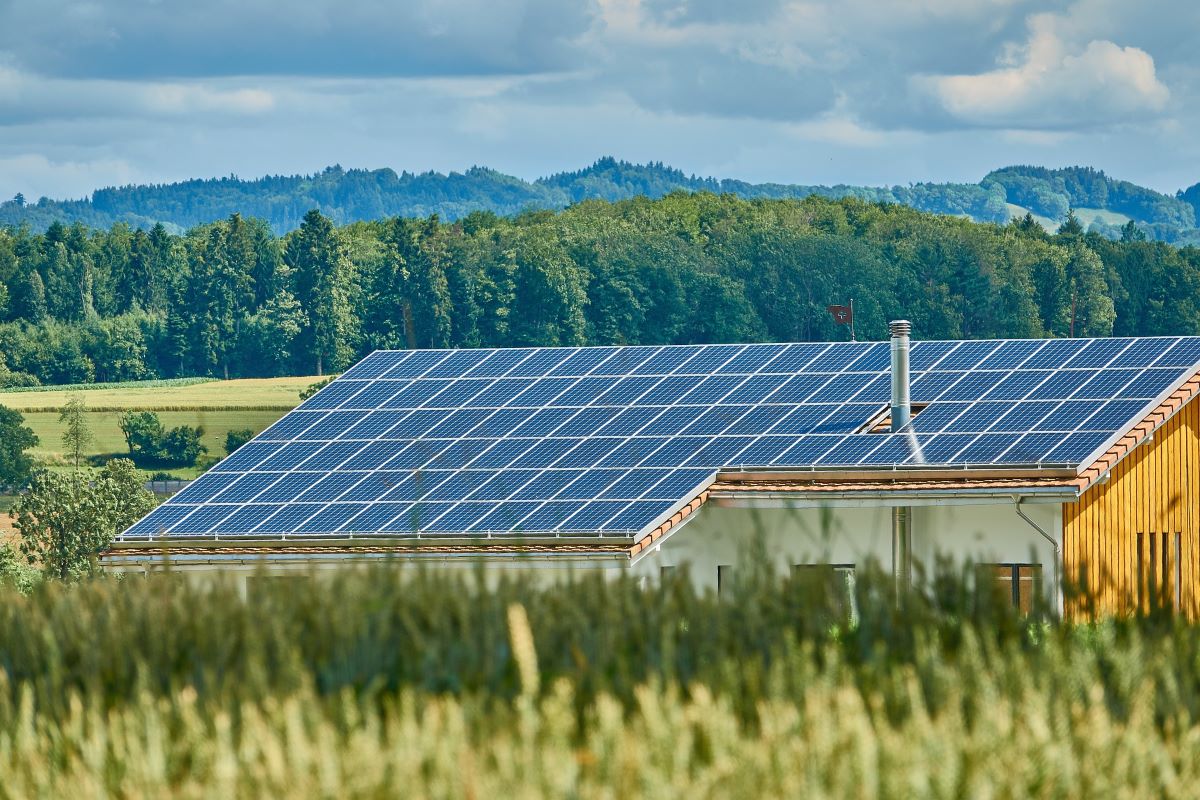

Articles
How To Store Excess Solar Energy
Modified: December 7, 2023
Learn how to store excess solar energy with our informative articles. Discover methods and technologies to optimize your renewable energy usage.
(Many of the links in this article redirect to a specific reviewed product. Your purchase of these products through affiliate links helps to generate commission for Storables.com, at no extra cost. Learn more)
Introduction
As the world continues to focus on renewable energy sources, solar power has emerged as a key player in the transition towards a greener and more sustainable future. Solar panels harness the energy from the sun and convert it into electricity, providing a clean and renewable source of power. However, one of the challenges with solar energy is its intermittent nature, as it is dependent on sunlight availability.
During sunny days, solar panels can produce more energy than is needed at that moment. This excess solar energy can be a valuable resource that can be stored and used during periods of low solar generation, such as cloudy or nighttime conditions. The ability to store excess solar energy ensures a reliable and consistent power supply, making solar power more versatile and viable as a primary energy source.
In this article, we will delve into the different methods available for storing excess solar energy. We will explore the advantages and disadvantages of each storage option, as well as the implementation considerations and maintenance requirements. By understanding the various storage methods, homeowners, businesses, and communities can make informed decisions about the most suitable solution for their specific needs.
Key Takeaways:
- Storing excess solar energy is essential for maximizing the benefits of solar power, increasing energy independence, and ensuring a reliable power supply. Understanding the different methods available allows informed decisions for a sustainable energy future.
- Battery storage systems offer flexibility, energy independence, and backup power capabilities, while pumped hydro storage provides high efficiency and scalability. Compressed Air Energy Storage (CAES) and Thermal Energy Storage (TES) offer innovative solutions with their own unique advantages and considerations.
Read more: How To Build A Solar Water Heater
Understanding Excess Solar Energy
Before we dive into the methods of storing excess solar energy, it is important to understand what exactly excess solar energy is. Solar panels generate electricity when sunlight hits the photovoltaic cells, producing a direct current (DC). This DC electricity is then converted into alternating current (AC), which is the type of electricity used in homes and businesses.
Typically, solar panels are installed with a system that allows for the excess energy produced to be exported to the grid. During periods when your solar panels generate more electricity than you are using, the excess energy flows back into the grid. This excess solar energy becomes available for others to use, and you receive credits or compensation for the energy you contribute.
However, there are instances when exporting excess solar energy to the grid may not be the most beneficial option. For example, some regions have lower feed-in tariffs, which means the compensation for exported energy might be less than the cost of electricity purchased from the grid.
In these situations, it becomes more advantageous to store the excess solar energy for personal use. By storing the energy, you can become more self-sufficient, reducing your reliance on the grid and maximizing the benefits of your solar power system.
Storing excess solar energy also allows you to have a backup power supply during emergencies or power outages. You can rely on the stored energy to power essential appliances and maintain a level of comfort and functionality in your home or business.
Overall, understanding excess solar energy is crucial for making informed decisions on how to best utilize and store the energy generated by your solar panels. By storing the excess energy, you can optimize your solar power system’s efficiency, reduce your dependence on the grid, and have a reliable source of power in various circumstances.
Methods for Storing Excess Solar Energy
There are several methods available for storing excess solar energy, each with its own advantages and considerations. Let’s explore some of the most common storage options:
1. Batteries
Battery storage systems are perhaps the most widely used method for storing excess solar energy. These systems involve the use of rechargeable batteries to store the electricity generated by solar panels.
There are various types of batteries used for solar storage, including lead-acid batteries, lithium-ion batteries, and flow batteries. Each type has its own characteristics in terms of capacity, lifespan, efficiency, and cost.
One of the main advantages of battery storage is its flexibility in terms of installation. Batteries can be easily integrated into both new and existing solar power systems. They allow for greater control over when and how the stored energy is used, ensuring a more reliable and efficient power supply.
However, batteries also have their limitations. They have a finite capacity and can only store a certain amount of energy. Additionally, battery storage systems require regular maintenance to ensure optimal performance and longevity.
2. Pumped Hydro Storage
Pumped hydro storage is another method for storing excess solar energy. It involves using surplus electricity to pump water from a lower reservoir to a higher reservoir. When energy is needed, the water is released, flowing downhill through turbines to generate electricity.
This method is highly efficient and has a long lifespan, making it a reliable and well-established technology for energy storage. However, it requires specific geographical and topographical conditions, with suitable locations often found near mountains or large bodies of water.
Implementing pumped hydro storage can also be a significant infrastructure investment, making it more viable for large-scale applications rather than individual homeowners.
Read more: How Does A Solar Water Heater Work
3. Compressed Air Energy Storage (CAES)
Compressed Air Energy Storage, or CAES, involves storing excess solar energy by compressing air into underground caverns or tanks. When electricity is needed, the stored air is released and expanded through turbines to generate electricity.
CAES offers a high energy storage capacity and a relatively low environmental impact. It is a versatile technology that can be paired with renewable energy sources like solar power.
However, CAES systems have certain limitations, such as energy loss due to heat during the compression process and the need for suitable storage locations.
4. Thermal Energy Storage
Thermal energy storage involves storing excess solar energy in the form of heat. This method utilizes different technologies, including molten salt storage systems, ice storage, and phase change materials.
Thermal energy storage offers a high storage capacity and has the advantage of being able to provide both heat and electricity. It is particularly useful in applications such as heating, ventilation, and air conditioning (HVAC) systems.
However, thermal energy storage systems may have limited efficiency and require regular maintenance to ensure optimal performance.
These are just a few of the methods available for storing excess solar energy. Each method has its own benefits and considerations, and the most suitable option will depend on factors such as budget, energy demand, available space, and location. By understanding the different storage methods, individuals and businesses can make informed decisions to maximize the benefits of their solar power systems and contribute to a more sustainable energy future.
Batteries
When it comes to storing excess solar energy, battery storage systems have become increasingly popular. Let’s explore the different aspects of battery storage:
– Types of batteries:
There are various types of batteries used for solar energy storage:
- Lead-acid batteries: These are the most common and relatively affordable option. However, they have a shorter lifespan and lower energy density compared to other battery types.
- Lithium-ion batteries: These batteries are known for their high energy density, long lifespan, and lightweight design. They are commonly used in electric vehicles and have gained popularity for residential and commercial solar energy storage.
- Flow batteries: Flow batteries operate by storing energy in electrolytes that flow through the battery stack. They offer scalability, longer lifespan, and the ability to discharge for extended periods.
- Sodium-ion batteries, solid-state batteries, and other emerging technologies are also being developed for solar energy storage purposes.
Read also: 12 Best Solar Water Heater for 2024
– Pros and cons of battery storage:
Battery storage systems offer several advantages:
- Energy independence: With a battery system, you can store excess solar energy and use it at your convenience, reducing dependence on the grid.
- Increased self-consumption: Instead of exporting excess energy, you can optimize your solar power system by utilizing the stored energy during periods of low solar generation.
- Backup power during outages: Battery storage provides a reliable backup power supply, ensuring essential appliances and systems stay operational during power outages.
- Environmental benefits: Utilizing stored solar energy reduces reliance on fossil fuel-generated electricity, leading to a lower carbon footprint.
However, there are also some considerations to keep in mind:
- Upfront cost: Battery storage systems can be costly, although prices have been decreasing in recent years. Factors such as battery capacity and desired performance will influence the overall cost.
- Maintenance: Batteries require regular maintenance to ensure optimal performance and longevity. This includes monitoring the state of charge, balancing the cells, and periodic replacing of worn-out components.
- Lifespan: Battery lifespan varies based on the type and usage. It is essential to factor in the battery’s expected lifespan when calculating the return on investment.
– Tips for battery maintenance:
To maintain the performance and longevity of your battery storage system, consider the following tips:
- Follow the manufacturer’s guidelines: Consult the battery manufacturer’s recommendations for proper charging, discharging, and maintenance procedures.
- Regular monitoring: Monitor the state of charge and voltage levels periodically to ensure the battery is operating within its optimal range.
- Temperature control: Batteries perform best within a specific temperature range. Avoid exposing them to extreme heat or cold, as it can affect their performance and lifespan.
- Avoid deep discharge: Deeply discharging the battery can have a negative impact on its lifespan. Aim to keep the battery’s state of charge within a recommended range.
- Regular inspections: Check the battery system for any signs of damage or wear and address any issues promptly.
By understanding the different types of batteries, weighing the pros and cons of battery storage, and following proper maintenance practices, you can maximize the benefits of your battery storage system and ensure its longevity and optimal performance.
Pumped Hydro Storage
Pumped hydro storage is a well-established method for storing excess solar energy. Let’s explore how it works, its advantages and disadvantages, as well as implementation considerations:
– How pumped hydro storage works:
Pumped hydro storage involves using surplus electricity to pump water from a lower reservoir to a higher reservoir. When energy is needed, the stored water is released, flowing downhill through turbines to generate electricity.
This process consists of two key stages:
- Charging: During periods of excess electricity generation, water is pumped from a lower reservoir to an upper reservoir, increasing the potential energy of the water.
- Discharging: When electricity is required, the stored water is released from the upper reservoir, flowing down through turbines and generating electricity as it returns to the lower reservoir.
The water is cycled between the two reservoirs, allowing for the efficient storage and generation of electricity as needed.
Read more: How To Make A Solar Space Heater
– Advantages and disadvantages of pumped hydro storage:
Pumped hydro storage offers several advantages:
- High efficiency: Pumped hydro storage has a high round-trip efficiency, typically ranging from 70% to 85%. This means that a significant amount of the stored energy can be retrieved when needed.
- Long lifespan: Pumped hydro storage systems have a long lifespan of up to 50 years or more, making them a reliable and durable energy storage solution.
- Scalability: These systems can be built at various scales, from small-scale installations to large-scale projects, depending on the energy requirements.
However, there are also some considerations to keep in mind:
- Site requirements: Pumped hydro storage requires specific geographical and topographical conditions. Suitable locations often have access to large bodies of water or elevation differences, such as mountains and valleys.
- Large-scale infrastructure: Implementing pumped hydro storage requires significant capital investment and construction efforts. It may be more feasible for utility-scale applications rather than individual homeowners.
- Environmental impact: The creation of reservoirs in pumped hydro storage systems can result in ecological changes, including habitat disruption and changes in water flow patterns.
– Implementation considerations:
When considering pumped hydro storage as a storage option for excess solar energy, it is important to consider the following implementation factors:
- Site selection: Identify suitable locations that have the necessary elevation differences and access to water resources.
- Feasibility studies: Conduct thorough feasibility studies to assess the technical and economic viability of a pumped hydro storage project.
- Environmental impact assessment: Evaluate the potential environmental impacts of the project and develop mitigation measures to minimize any adverse effects.
- Permitting and regulations: Understand the legal and regulatory requirements associated with building and operating pumped hydro storage systems in your region.
- Construction and maintenance: Plan for the construction and ongoing maintenance of the infrastructure, including the turbines, pumps, and reservoirs.
Pumped hydro storage is a reliable and efficient method of storing excess solar energy. While it requires specific site conditions and significant investment, its long lifespan and high efficiency make it a valuable option for large-scale energy storage projects.
Compressed Air Energy Storage (CAES)
Compressed Air Energy Storage (CAES) is an innovative method of storing excess solar energy. Let’s explore how CAES works, as well as its benefits, limitations, and applications:
– Working principle of CAES:
CAES works by converting surplus electricity into compressed air and storing it in underground caverns or tanks. When energy is needed, the compressed air is released and expanded through turbines, generating electricity.
The process involves two main stages:
- Charging: During periods of excess electricity generation, the surplus power is used to compress air and store it in underground tanks at high pressure.
- Discharging: When electricity is required, the stored air is released and directed towards turbines, where it expands and drives the generators to produce electricity.
This cyclical process allows for the efficient storage and generation of electricity as needed.
– Benefits and limitations of CAES:
CAES offers several benefits:
- High storage capacity: CAES systems can store large amounts of energy due to the high compressibility of air, allowing for extended discharge durations.
- High round-trip efficiency: CAES systems can achieve round-trip efficiencies of 60-70%, making them more efficient than other storage technologies like batteries.
- Compatibility with renewable energy sources: CAES can be integrated with various renewable energy sources, including solar power, to provide a stable and reliable energy supply.
- Long lifespan: CAES systems have a long operational life, typically ranging from 25 to 40 years.
However, there are also some limitations to consider:
- Geological requirements: CAES systems require suitable geological formations, such as underground caverns or depleted natural gas reservoirs, to store the compressed air.
- Energy loss: During the compression and expansion process, some energy is lost as heat, reducing the overall efficiency of the system.
- Environmental considerations: The release of compressed air can result in noise and vibration, and the construction of caverns or underground tanks may have certain environmental and land-use implications.
– Applications and challenges:
CAES has several potential applications:
- Grid stability and balancing: CAES can help stabilize the grid by shifting excess energy generation to periods of high demand, ensuring a consistent power supply.
- Integration with renewable energy sources: CAES can help bridge the gap between intermittent renewable energy generation and demand, supporting a more reliable and sustainable energy mix.
- Industrial and commercial applications: CAES can be utilized in industries and commercial sectors with fluctuating energy demand to offset peak electricity costs and increase energy independence.
However, there are challenges associated with the widespread implementation of CAES:
- Technical feasibility: Identifying suitable geological formations and designing the necessary infrastructure for CAES systems can be complex and site-specific.
- Economic viability: The high upfront costs and long payback periods associated with CAES systems can be a barrier to adoption.
- Environmental considerations: The environmental impact of underground cavern construction and the release of compressed air needs to be carefully evaluated and managed.
Despite the challenges, CAES holds promise as an effective energy storage solution, complementing renewable energy sources and contributing to a more reliable and sustainable electricity grid.
Thermal Energy Storage
Thermal Energy Storage (TES) is a method of storing excess solar energy in the form of heat. Let’s explore the different thermal energy storage systems, their advantages and drawbacks, as well as examples of thermal energy storage technologies:
– Different thermal energy storage systems:
There are several types of thermal energy storage systems:
- Sensible Heat Storage: This system stores heat by raising the temperature of a heat transfer medium, such as water, oil, or rocks. The stored heat can be used directly for heating or converted into electricity.
- Latent Heat Storage: Latent heat storage involves storing heat by changing the phase of a material, such as from solid to liquid or liquid to gas. The stored heat is released or absorbed during this phase change process.
- Thermochemical Storage: Thermochemical storage systems use reversible chemical reactions to store and release heat energy. These reactions involve the absorption or release of heat during the formation or breakdown of a chemical compound.
Read also: 13 Amazing Solar Light Socket for 2024
– Advantages and drawbacks of thermal energy storage:
Thermal energy storage offers several advantages:
- Flexibility: Thermal energy can be stored in large quantities and used for various applications, including space heating, cooling, and industrial processes.
- Efficiency: Thermal energy storage systems can provide high-efficiency heat transfer, allowing for the recovery of a significant portion of the stored energy.
- Cost-effectiveness: In certain applications, thermal energy storage can be a cost-effective solution, reducing the need for peak electricity and offsetting the use of conventional energy sources.
However, there are also some drawbacks to consider:
- Limited duration: Thermal energy storage systems typically have limited storage durations, depending on the system type and the specific application.
- Size and space requirements: Some thermal energy storage systems, such as sensible heat storage using large water tanks, may require significant space for installation.
- Thermal losses: Even with efficient insulation, there may still be some thermal losses during the storage and withdrawal of heat energy.
– Examples of thermal energy storage technologies:
Here are a few examples of thermal energy storage technologies:
- Molten Salt Storage: This technology involves heating and storing a mixture of salts, such as sodium and potassium nitrates or chlorides. The stored heat can be used for various applications, including power generation and district heating.
- Phase Change Materials (PCMs): PCMs store and release heat during phase transitions, such as the solid-liquid transition. Substances like paraffin wax, hydrated salts, and eutectic mixtures can be used as PCMs for thermal energy storage.
- Aquifer Thermal Energy Storage (ATES): ATES systems use underground aquifers to store and retrieve heat energy. During periods of excess solar energy, water is injected into the aquifer, serving as a heat sink. Later, the stored heat can be extracted from the aquifer for various heating and cooling applications.
These examples are just a glimpse of the wide range of thermal energy storage technologies available. Each system has its own advantages and considerations, making it important to select the most suitable option based on specific energy requirements and budget constraints.
Conclusion
Storing excess solar energy is crucial for maximizing the benefits of solar power and ensuring a reliable and consistent energy supply. The methods available for storing excess solar energy offer various advantages and considerations, allowing individuals, businesses, and communities to choose the most suitable option for their specific needs.
Battery storage systems have gained popularity due to their flexibility, energy independence, and backup power capabilities. With different types of batteries available, including lead-acid batteries, lithium-ion batteries, and flow batteries, users can select the most appropriate option based on factors such as capacity, lifespan, and cost. However, batteries also require regular maintenance and have a finite lifespan to consider.
Pumped hydro storage is a well-established method that utilizes water reservoirs to store and generate electricity. It offers high efficiency, scalability, and long lifespan. However, it requires specific geographical and topographical conditions, making it more suitable for larger-scale applications.
Compressed Air Energy Storage (CAES) stores excess solar energy by compressing air and releasing it through turbines when needed. CAES offers high storage capacity, compatibility with renewable energy sources, and long lifespan. However, it requires suitable geological formations and has energy loss during the compression and expansion process.
Thermal Energy Storage (TES) involves storing excess solar energy in the form of heat. Different thermal storage systems, including sensible heat storage, latent heat storage, and thermochemical storage, provide flexibility, efficiency, and cost-effectiveness. However, TES systems have limited storage durations and may require significant space for installation.
In conclusion, the storage of excess solar energy plays a vital role in maximizing the benefits of solar power, increasing energy independence, and ensuring a reliable power supply. By understanding the different methods available, their advantages, drawbacks, and implementation considerations, individuals, businesses, and communities can make informed decisions to support a more sustainable and renewable energy future.
Frequently Asked Questions about How To Store Excess Solar Energy
Was this page helpful?
At Storables.com, we guarantee accurate and reliable information. Our content, validated by Expert Board Contributors, is crafted following stringent Editorial Policies. We're committed to providing you with well-researched, expert-backed insights for all your informational needs.
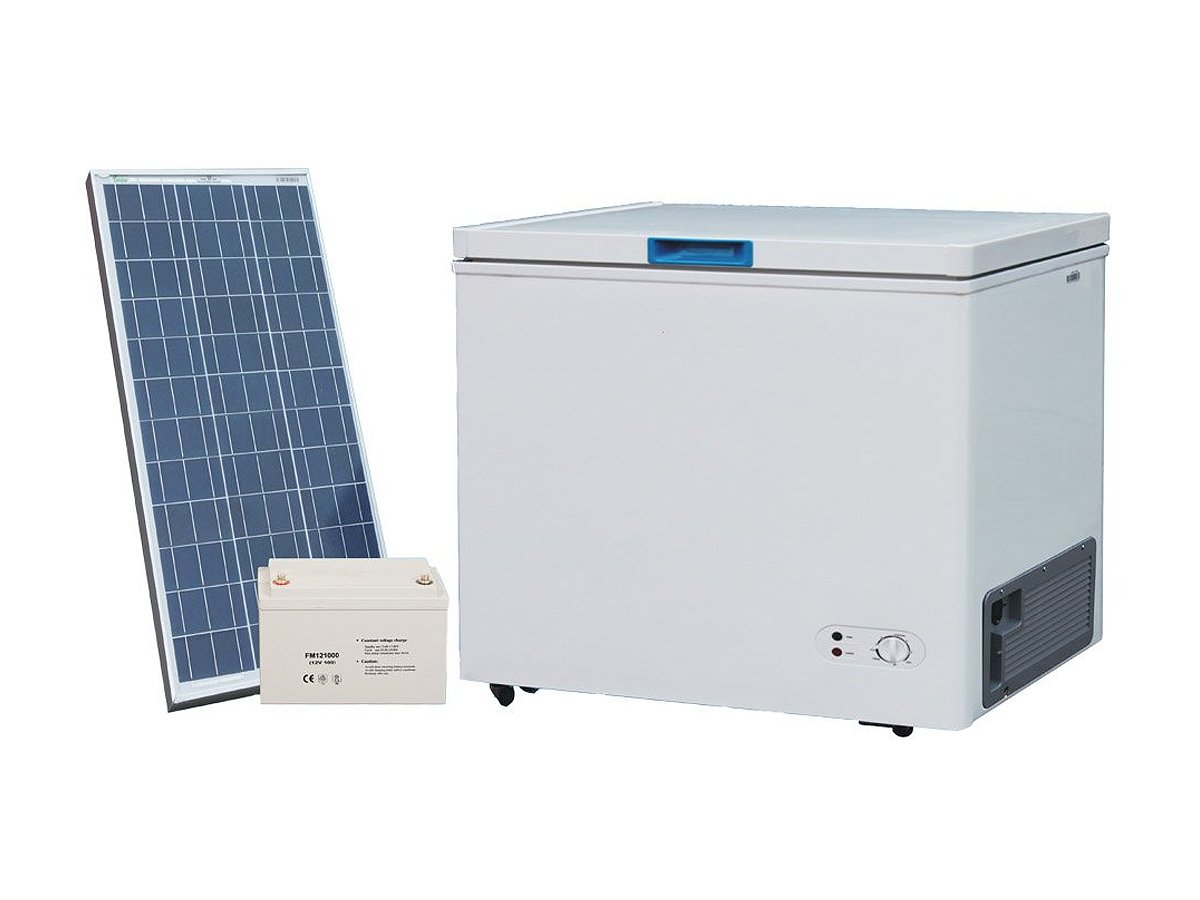

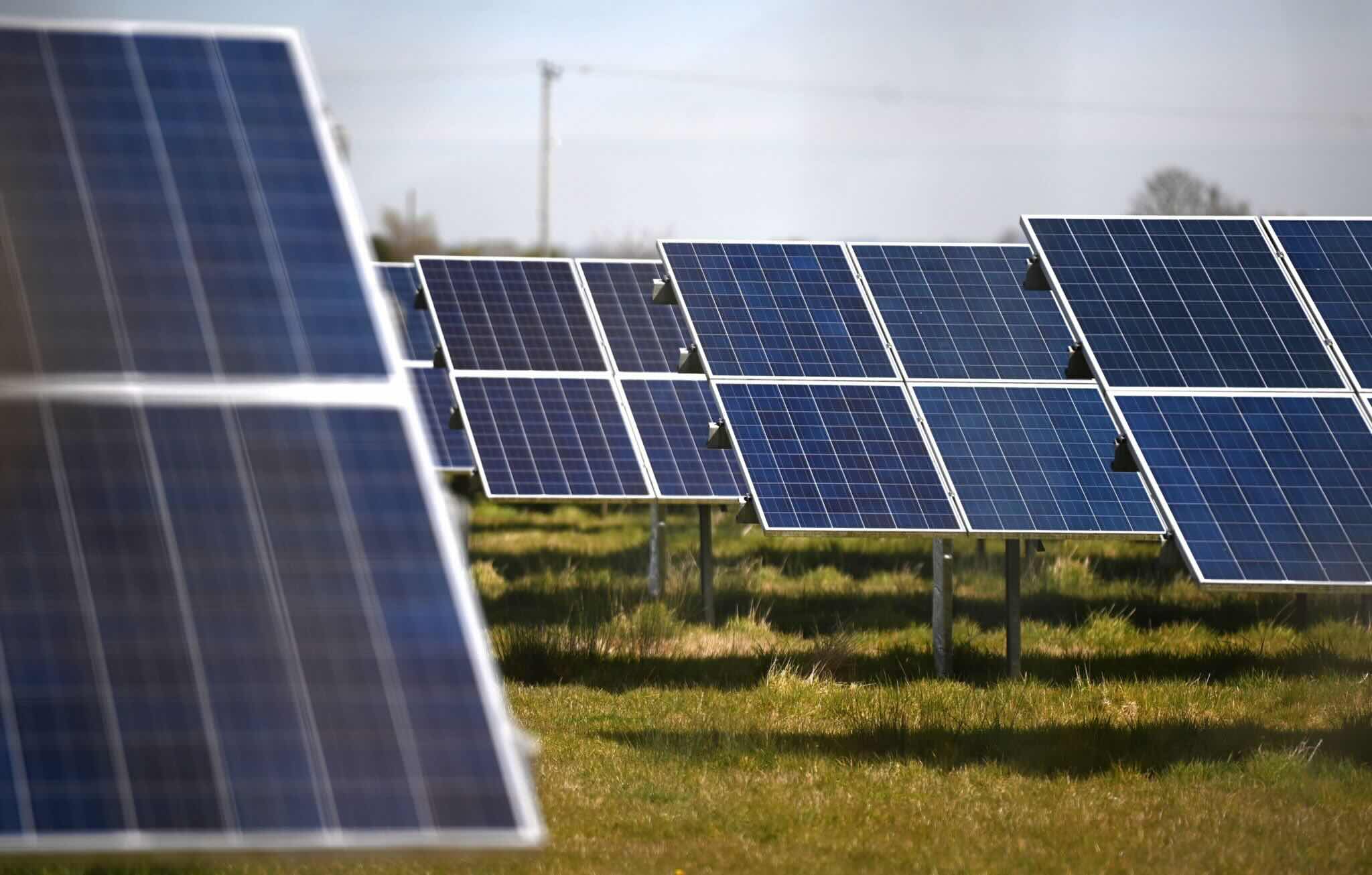

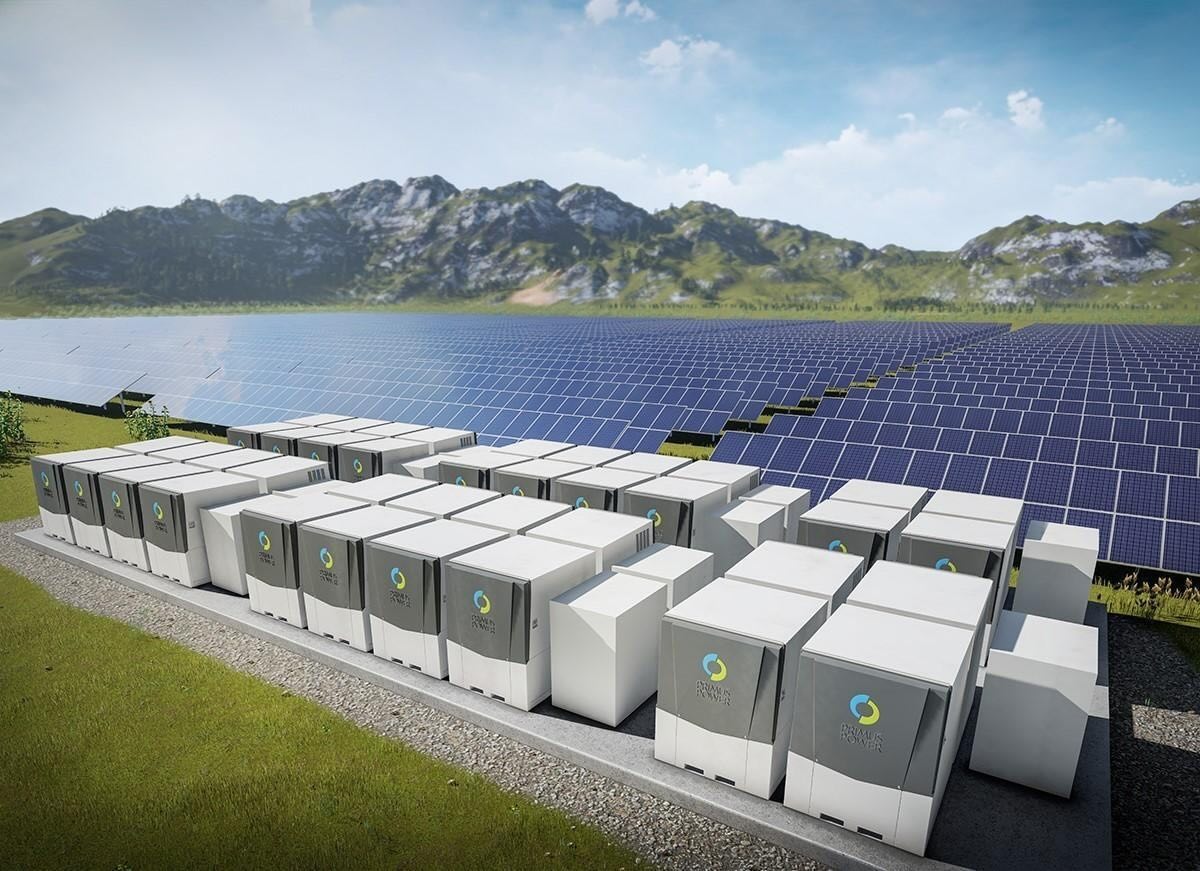
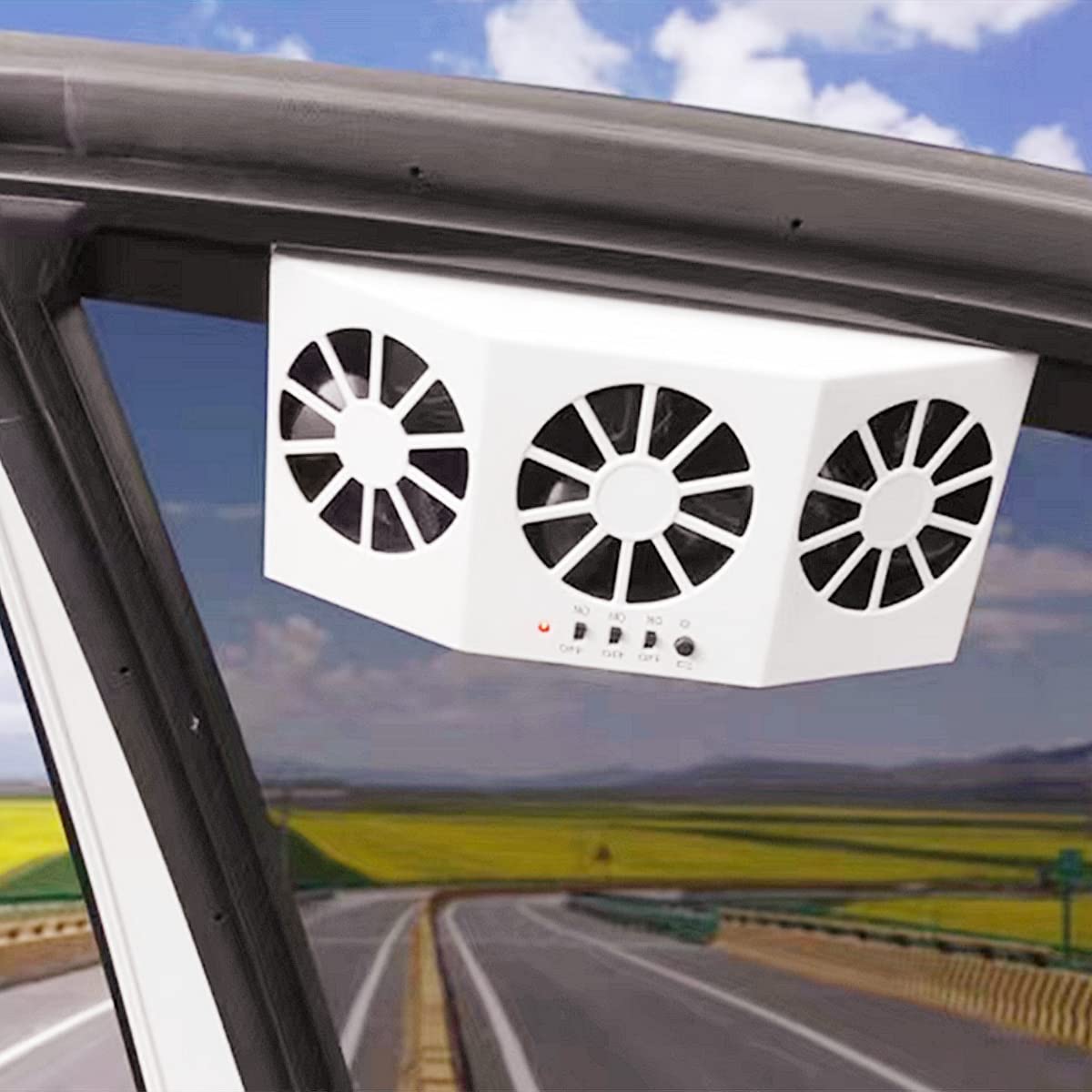
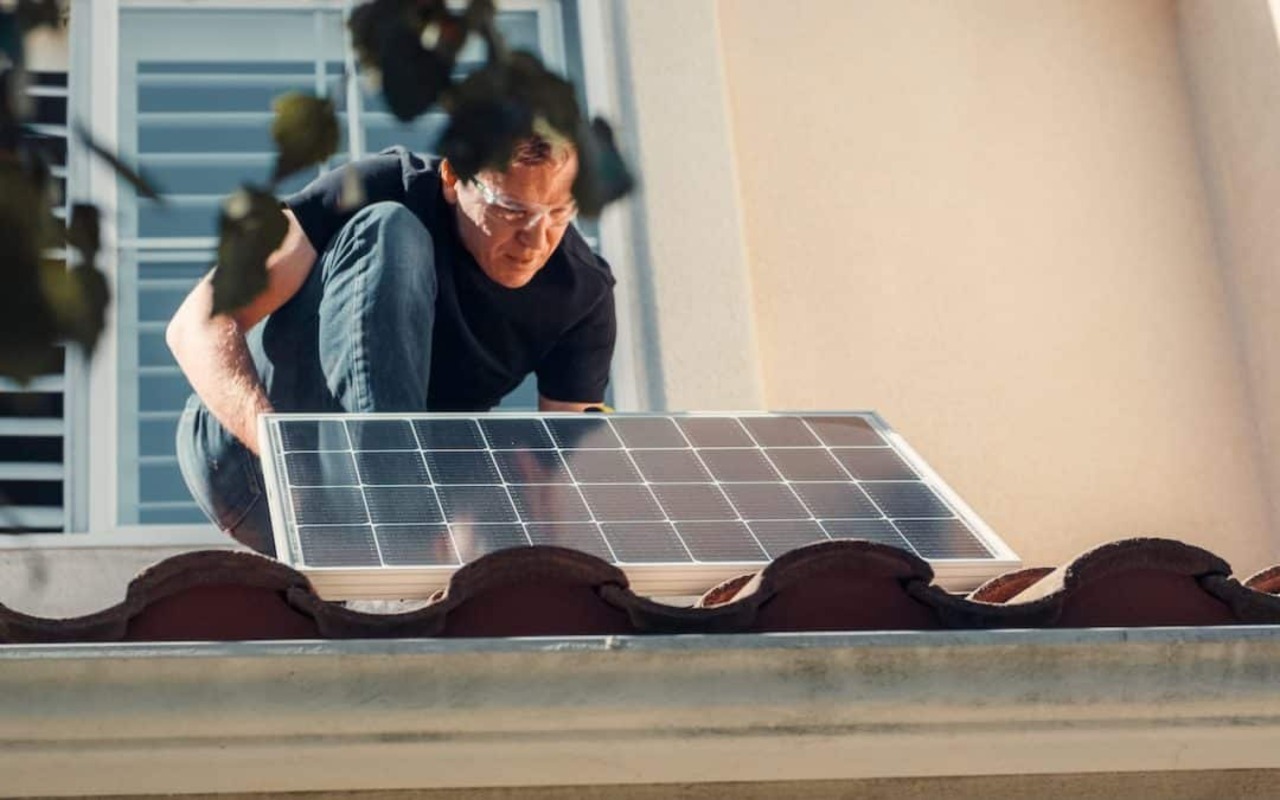
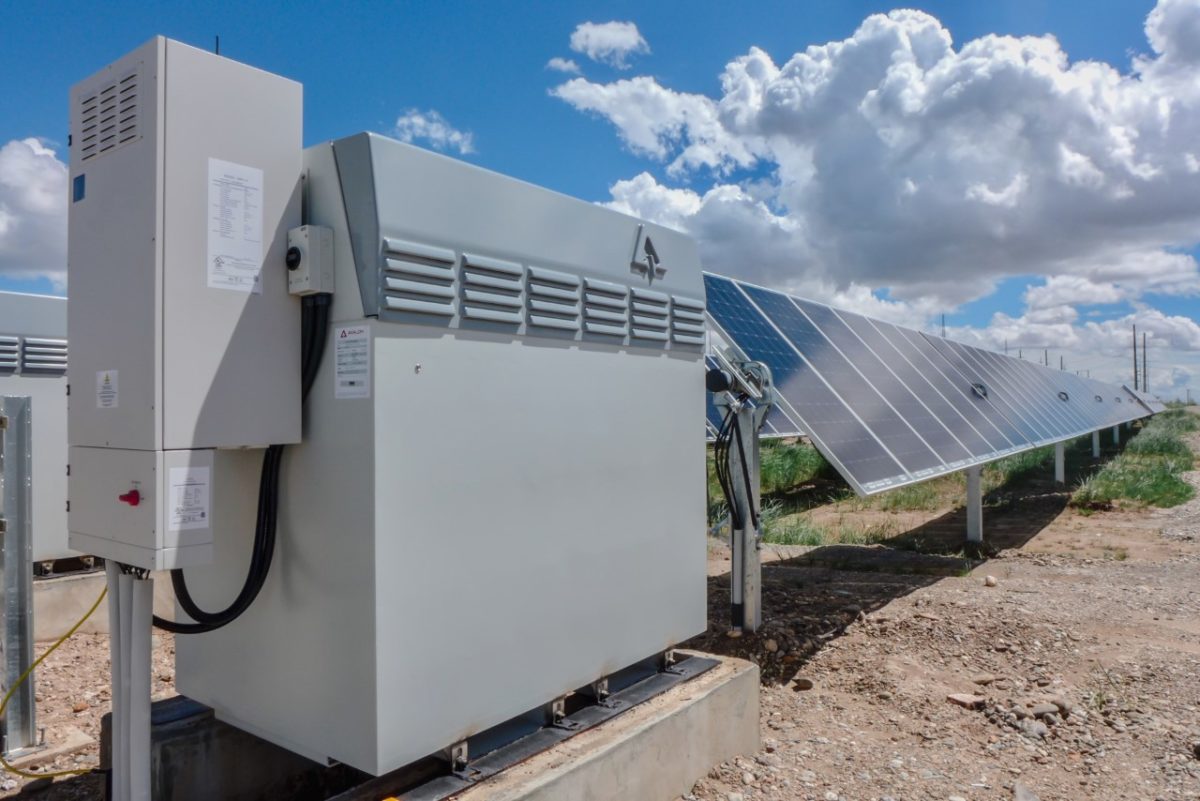
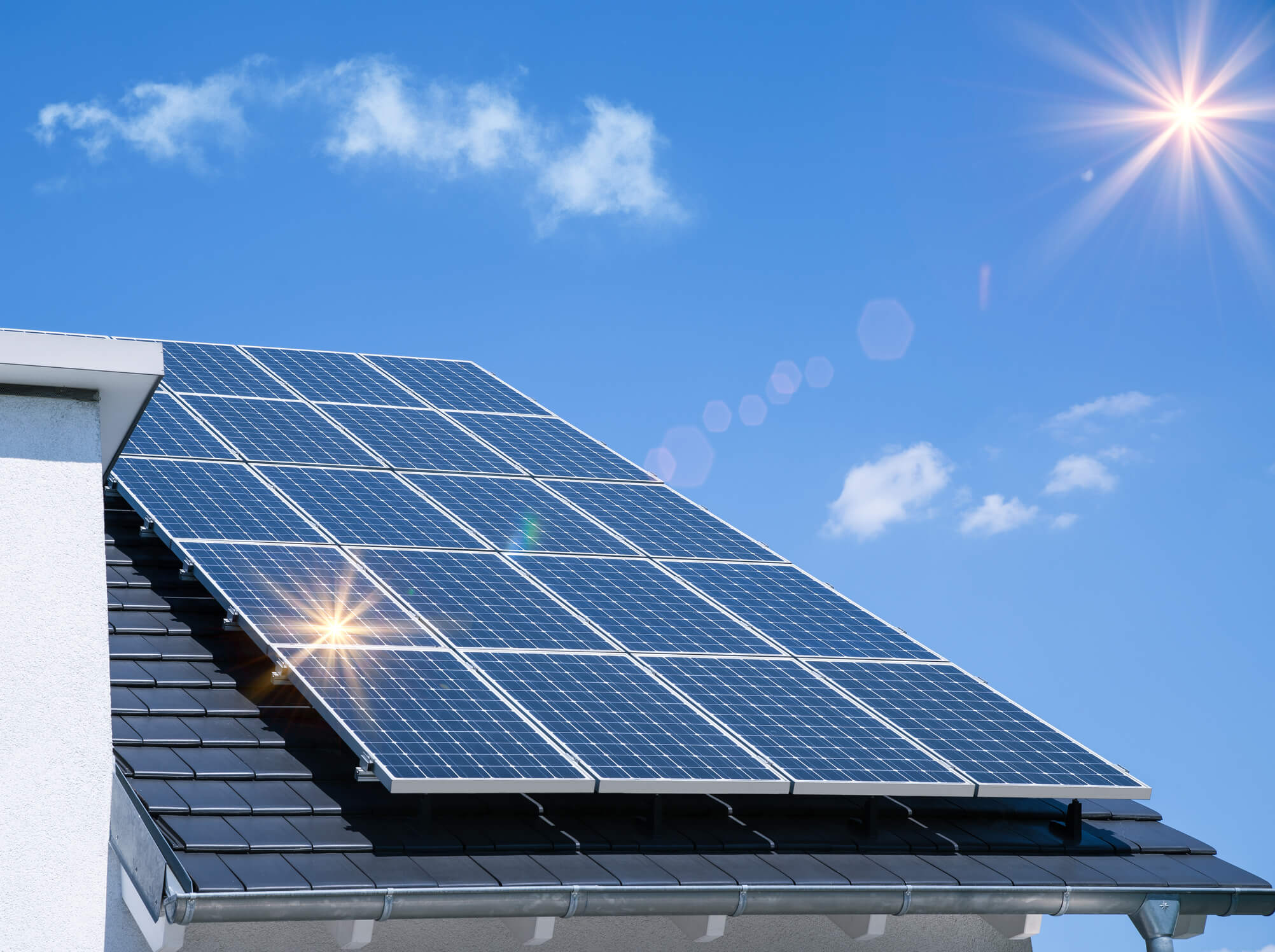
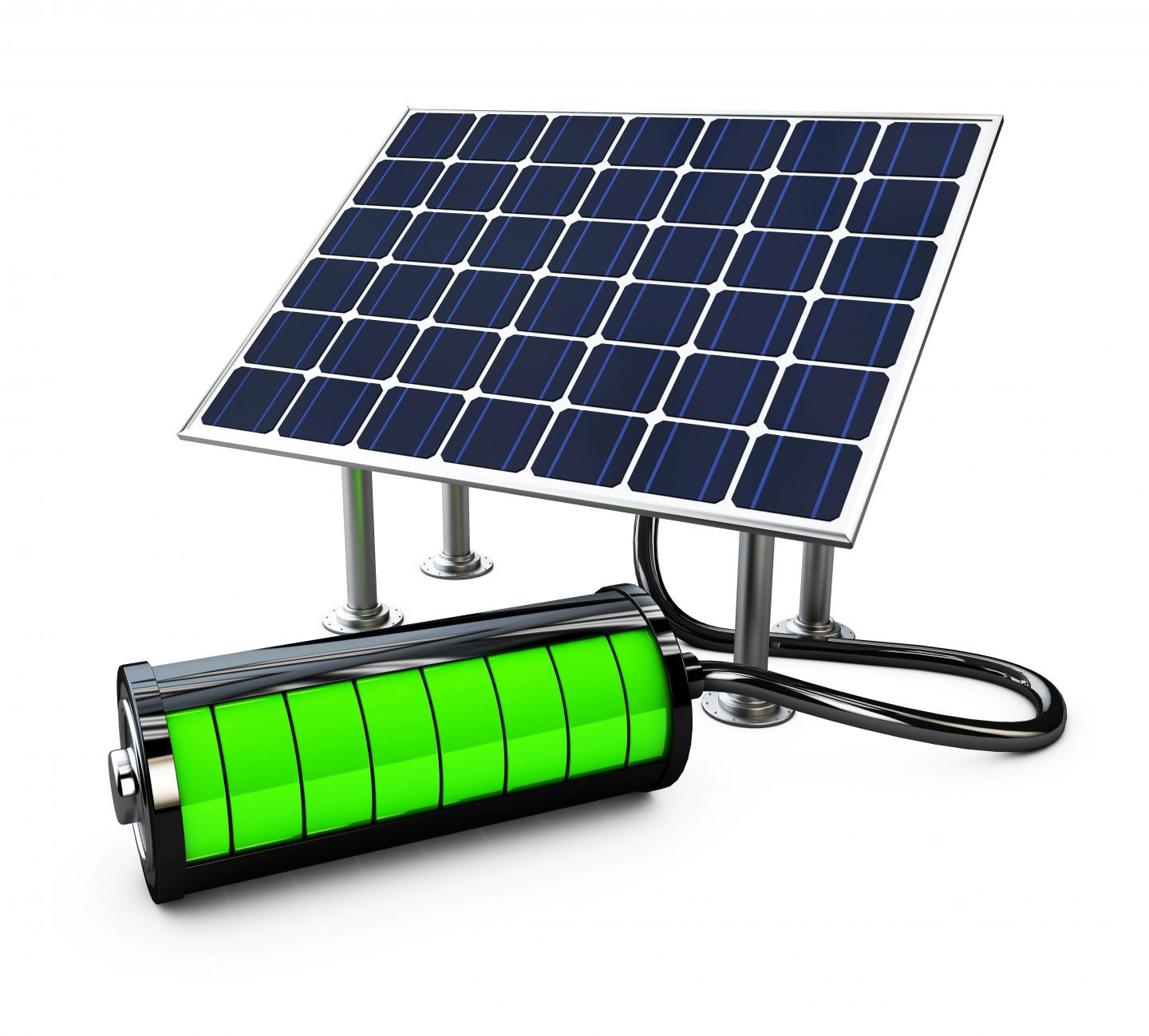

0 thoughts on “How To Store Excess Solar Energy”